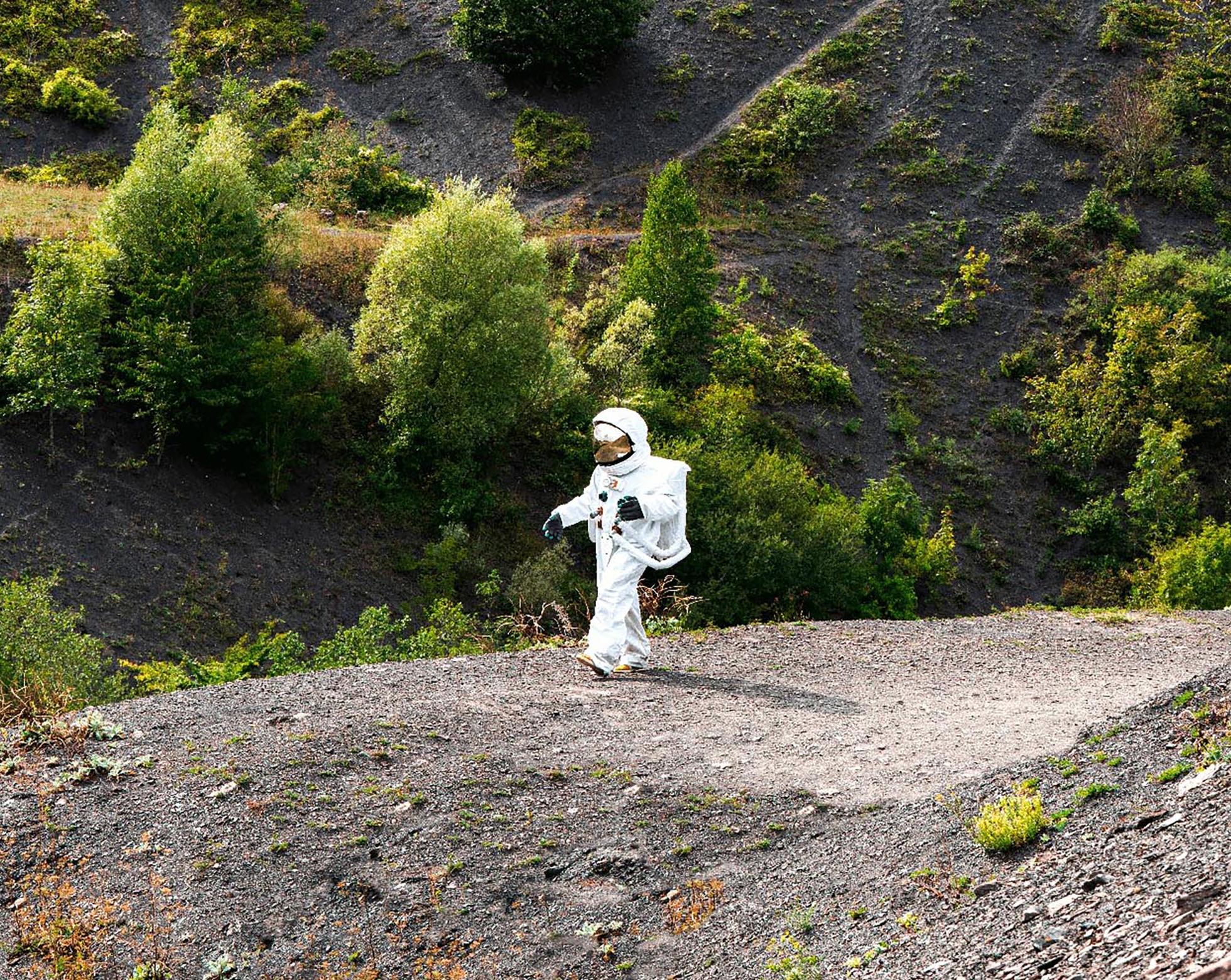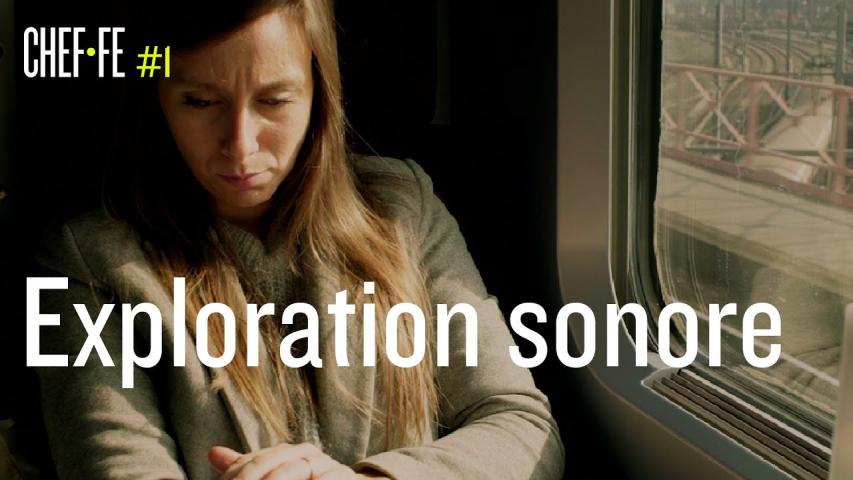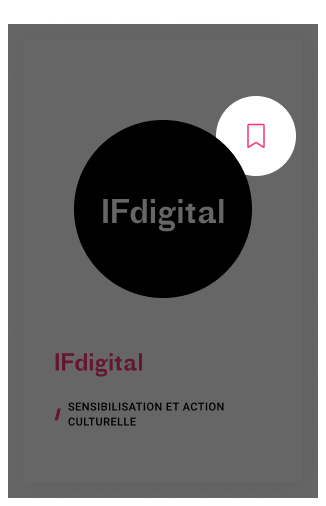Over five episodes, the web series CHEF.FE looks back on the career of conductor Lucie Leguay and follows her as she prepares for a once-in-a-lifetime concert at the Philharmonie de Paris.
Chef·fe
Find out more
Lucie Leguay initially studied piano at the École Supérieure de Musique et de Danse des Hauts de France and the Conservatoire à Rayonnement Régional de Saint-Maur-des-Fossés. At the direction of Jean-Sébastien Béraud, she began to study orchestra conducting at the Haute Ecole de Musique de Lausanne. She is now assistant conductor in several internationally-renowned orchestras. Upon the invitation of the Philharmonie de Paris, Camille Ducellier, visual artist and director of the films Sorcières, mes sœurs (2010), Sorcière Queer (2016) and the web series Gender Derby (2018), has dedicated a portrait to her attesting to the career path of a woman in a hitherto male-dominated profession.
Filmed in a vertical format, each of the five episodes of Chef.fe immerses us in a stage of conductor Lucie Leguay’s career. We learn about a profession, its subtleties and difficulties through several defining moments: a concert at the Grand Palais with the musician Wax Tailor, her return to Lille to teach and direct young instrumentalists. Or a trip to Portugal with her teacher and mentor Jean-Sébastien Béraud, who she affectionately nicknames “Master Yoda”. These multiple facets demonstrate the diverse range of tasks with which a young conductor can be confronted and give us a better understanding of her role within an orchestra. As she says herself, “I am the only one with all the lines in the score, only I can make the connection between the different families that make up an orchestra”. The series ends with a concert, where she directs the prestigious Les Siècles orchestra at the Philharmonie de Paris.
Filming Chef.fe was an opportunity for Leguay and Ducellier to draw parallels between their practices, which lead both women to occupy a position of power, while bringing them into worlds that are still dominated by men. The vertical format made accessible by smartphones lends itself particularly well to portrait exercises. But Ducellier also uses it to deconstruct the figure of authority associated with the profession of conductor. Her camera also pays particular attention to the movements of the young woman. She also takes a more formalist approach, overlapping shots and using a range of kaleidoscopic effects to represent the spiritual counterpart of musical practice.
Votre contact

Merci pour votre contribution.
Vous serez informés de sa publication ou d’une éventuelle demande de compléments.















